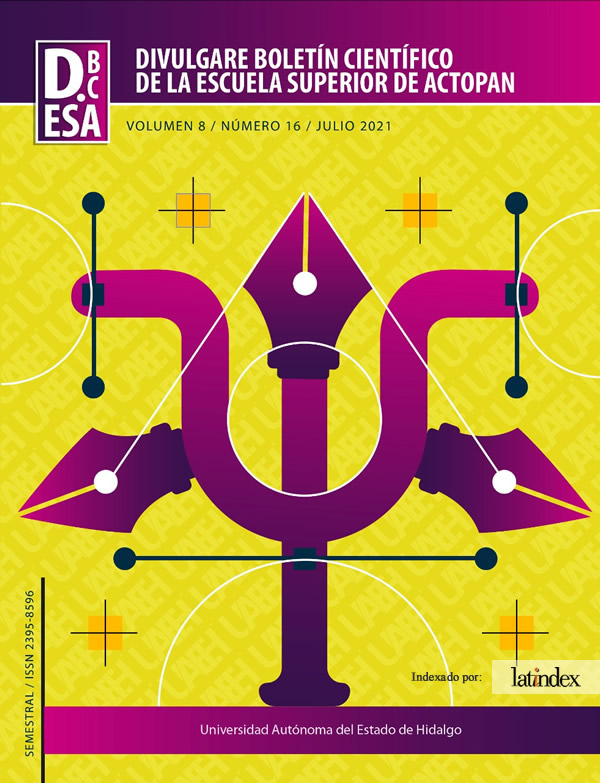The effect of bullying on a decision-making task in secondary school adolescents
Abstract
The present study was developed to analyze the effect of bullying on a decision-making task in high school students. 53 participants were selected in three independent groups, 20 neutral for the control group, 13 victims and 20 aggressors d. The Bull-S test (Cerezo, 2012) was applied to differentiate neutral groups, aggressors and victims. The test that was used to measure decision making was the card game of the neuropsychological battery of executive functions and frontal lobes (BANFE-2). It was found that the group of victims selected a higher percentage of risk cards in the card game task included in the BANFE-2, a trend was also found in which the higher the number of bullying, the higher the anxiety index as a trait.
Downloads
References
Amemiya, I., Oliveros, M., & Barrientos, A. (2009). Factores de riesgo de violencia escolar (Bullying) severa en colegios privados de tres zonas de la sierra del Perú. Anales De La Facultad De Medicina UNMSM, (70), 255-259.
Albores-Gallo, L., Manuel Sauceda-García, J., Ruiz-Velasco, S., & Roque-Santiago, E. (2011). El acoso escolar (bullying) y su asociación con trastornos psiquiátricos en una muestra de escolares en México. Salud Pública De México, 53(3), 220-227.
Bechara, A. (2000). Emotion, Decision Making and the Orbitofrontal Cortex. Cerebral Cortex, 10(3), 295-307.
Blakemore, S. (2008). The social brain in adolescence. Nature Reviews Neuroscience, 9(4), 267-277.
Blakemore, S., & Choudhury, S. (2006). Development of the adolescent brain: implications for executive function and social cognition. Journal Of Child Psychology And Psychiatry, 47(3-4), 296-312.
Bond, L., Carlin, J., Thomas, L., Rubin, K., & Patton, G. (2001). Does bullying cause emotional problems? A prospective study of young teenagers. BMJ, 323(7311), 323.
Cerezo Ramírez, F. (2017). El test bull-s para la evaluación sociométrica del bullying. actualización. International Journal Of Developmental And Educational Psychology. Revista INFAD De Psicología., 7(1), 35.
Flores, J. C., Castillo-Preciado, R. E., & Jiménez-Miramonte, N. A. (2014). Desarrollo de funciones ejecutivas, de la niñez a la juventud. Anales De Psicología / Annals of Psychology, 30(2), 463-473.
Goodman, R., Scott, S., & Rutter, M. (2015). Child and adolescent psychiatry (3rd ed), 292.
Spielberger, C., & Diaz-Guerrero, R. (2014). IDARE (1st ed.). Manual Moderno.
The Organization for Economic Co-operation and Development(2019), PISA 2018 Results (Volume III): What School Life Means for Students’ Lives, PISA, OECD Publishing.
Wei, H., & Williams, J. (2004). Relationship Between Peer Victimization and School Adjustment in Sixth-Grade Students: Investigating Mediation Effects. Violence And Victims, 19(5), 557-571.
Wolf, C., & Esteffan, K. (2008). Bullying: una mirada desde la Salud Pública. Revista Chilena de Salud Pública, 12(3), 181-187.
Zych, I., Beltrán-Catalán, M., Ortega-Ruiz, R. and Llorent, V., (2018). Competencias sociales y emocionales de adolescentes involucrados en diferentes roles de bullying y cyberbullying. Revista de Psicodidáctica, 23(2), 86-93.










